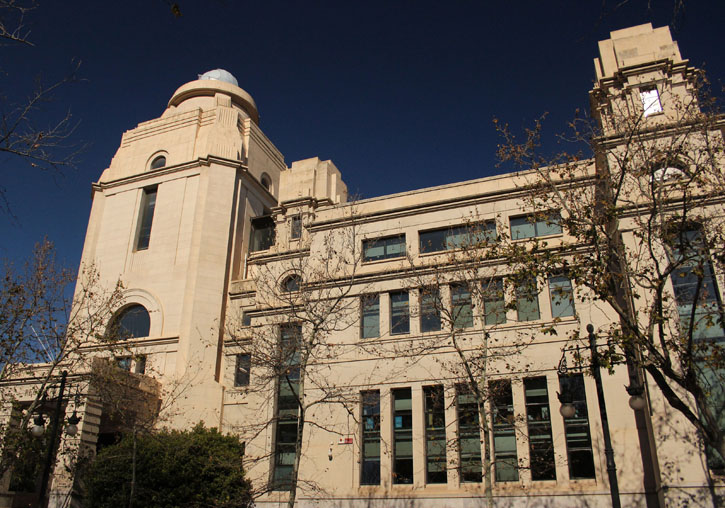
According to the database of The Meta-Research Innovation Center of Stanford (METRICS), the Universitat de València has 3.2% of the authors with the most citations in the period between 1996 and 2018 in Spain. With this scientific contribution is the fourth university and the sixth state institution and represents the 54.7% of the Valencian Public University System (SUPV) in the period.
METRICS is a public database with citations of Scopus that offers standardized information about some of the 100,000 scientists with the most quotations in the world, classified into 22 fields and 176 subfields. It organises these specialists into three different periods: Career2018, during 23 years (from January 1st, 1996 to December 31st, 2018); Year2017 (2017 references only); and Career2017, which comprehends citations obtained from 1996 to 2017.
Thus, between 1996 and 2018, 41 of the 75 scientists with the most SUPV citations are from the Universitat de València (UV), among the 1,274 from Spanish institutions. Avelino Corma (CSIC) is the most cited Spanish scientist on METRICS. In the case of the Universitat de València, in order of highest to lowest number of citations, are found Artemi Cerdà (from the area of Agronomy and Agriculture); Yolanda Picó (Analytical Chemistry); J. W. F. Valle (Nuclear and Particle Physics); Luis R. Domingo (Organic Chemistry); and Carlos Simón (Obstetrics and Reproductive Medicine). Marina C. Berenguer, Antonio Pich, Eugenio Coronado, Santiago F. Elena, Marvin Ross, Eulogio Oset and María José Gómez-Lechón are also ranked at the first positions.
Taking a look at the Year2017 classification (2017 citations only), the Universitat de València improved and is the fifth state institution with the most authors among the most cited (51), only surpassed in this indicator by the CSIC, the University of Barcelona, the Autonomous University of Barcelona and the Complutense University of Madrid. Outstanding UV specialists include Artemi Cerdà, Luis R. Domingo, Yolanda Picó, Gustavo Camps-Valls, Eugenio Coronado, Josep Redón and Henk J. Bolink. The production of this group represents 3.6% of the state as a whole, and 40.8% of the SUPV.
According to the METRICS analysis for the period from 1996 to 2017, there are 39 scientists from the Universitat in the group of those who obtain the greatest number of citations, which represents 50% of the Valencian Public University System and the sixth institution in the state (3.5% of the state total). According to this classification, the authors of the UV with the most quotations are Artemi Cerdá, Yolanda Picó, Antonio Pich, Luis R. Domingo, Josep Redón, José-Luis Ríos, Eugenio Coronado and José W. F. Valle.
By areas of knowledge, Chemistry, Physics, Medicine, Biological Sciences and Pharmacy are the areas of the Universitat de València with the highest number of specialists.
Methodology
According to the authors of the article “A standardized citation metrics author database annotated for scientific field”, this database has been created to standardize information on the use of citation metrics, a practice that has become widespread, but involves some difficulties in terms of data interpretation, and therefore really become aware of its impact and associated excellence.
With the SCOPUS database, METRICS provides information about citations, h-index, coauthorship-adjusted hm-index, citations to papers in different authorship positions and a composite indicator comprised of more than the 100,000 most-cited authors.
Article
Ioannidis JPA, Baas J, Klavans R, Boyack KW (2019) “A standardized citation metrics author database annotated for scientific field”. PloS Biol 17(8): e3000384. https://doi.org/10.1371/journal.pbio.3000384









